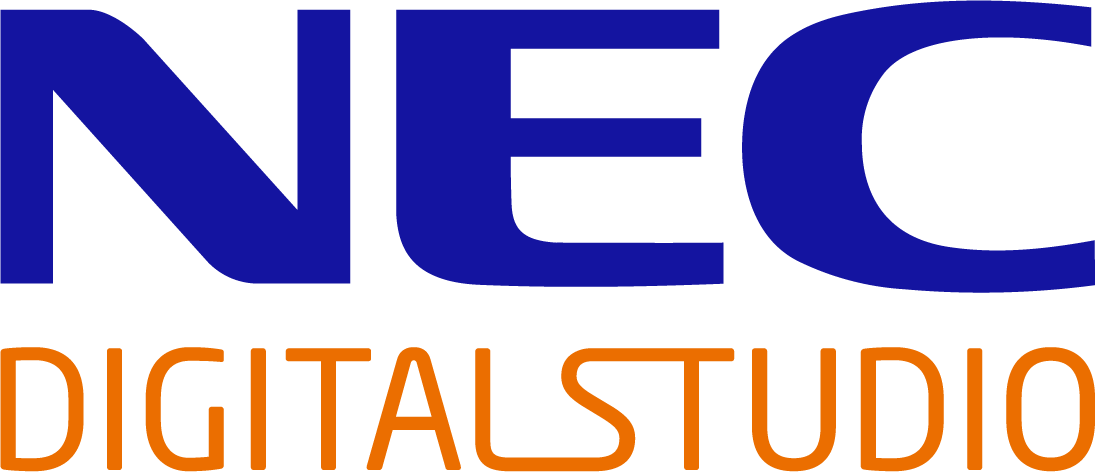The opportunity
NHSX needed to gain a clear view of the services being delivered across the Urgent and Emergency Care (UEC) landscape. They wanted to use this to understand and challenge assumptions around current delivery models.
The results
As well as delivering maps that deliver a clear and comprehensive overview of UEC services, we created a support pack with systems maps, example stories and use cases. We also shared our methodology so other NHS teams can build on our work.
Maps are tools we use to make sense of the world and service maps are no different
They come in all shapes and sizes but one thing is consistent, they use a visual language to communicate complex information more clearly.
NHSX wanted to gain a clear view of the services being delivered across the Urgent and Emergency Care (UEC) landscape in order to understand and challenge assumptions around current delivery models.
Our work had three main aims:
- understand what UEC services are delivered
- understand where service ownership lives and what this means for each service, and
- develop a service mapping methodology
Understanding service ownership
At the beginning of the project it was vital we understand how NHSX defines service ownership. We began mapping the UEC landscape in a kick off workshop with lots of different internal stakeholders, outlining potential barriers and how we might mitigate them. Finally, we spoke about what success in this project could look like.
While reviewing existing materials given to us by NHSX we learned the importance of using an accessible language and explored previous work done looking at Urgent and Emergency care by FutureGov, as well as past and current projects.
We also reviewed work done around complex mapping outside of the UEC space, learning from work done by different government departments and the third sector. We also refreshed our knowledge of service mapping within government spaces. From this we identified a number of service mapping best practices:
- Start early and share drafts with stakeholders regularly
- Iterate and develop content as new information comes to light
Making mapping accessible to all
A key outcome of this project was to develop a service mapping methodology that NHSX could follow in future projects.
We created a flexible structure, and captured our process as we went. We were mindful of the fact that this information would be used by designers and non-designers alike, so kept language clear and accessible for all.
First, we mapped components…
We began building a map which illustrated some of the interactions between components within UEC. By components, we mean the tools, platforms, products, databases, sub services etc. that make up the space.
This helped us to start to make sense of the system and to identify the gaps in our knowledge and speak to appropriate stakeholders, to address them.
..next, an influence map
From the discussions we had, we realised that what was missing was the representation of the actors in the system (e.g. who delivered what and where – the roles of teams and organisations).
So we began developing an influence map. This highlights how different parts of the system influence and impact one another. It allows users to see which organisations are involved in UEC and where.
This is useful when trying to understand how things like policy or commissioning function and impact the rest of the system.
Invaluable input from patients and operational staff
Many of our stakeholders had experience of different operational roles within UEC. This allowed us to explore a variety of areas in each session.
Given the complex nature of the Systems Map, it was important to retain the experience of patients within UEC, so we also included input from members of the Patient and Public Voice partners – patient representatives that work with the NHS.
The synthesis of these interviews was an ongoing process that informed our understanding of UEC, and continued into the final few weeks of the project. We spoke to subject matter experts to sense check and validate our work and build buy-in across the operational side of UEC as we worked.
Halfway through the project we led a co-design workshop with key stakeholders from the kick off session, to build understanding of maps as enablers of conversation. We also used this to explore the value of stories and anecdotes in creating empathy and building a clear understanding of the process across areas of potential ambiguity.
- We learned that people saw value in the systems maps and example maps, but weren’t sure how to use them together.
- We also realised we needed prompt questions that set a narrative in order to kick-start the right kinds of conversations
Using stories to enable conversations
We developed five use cases to accompany the system maps to provide a starting point for conversations. Each comes with a set of tools to host constructive discussions about how services currently operate within UEC, how people work across UEC, and what service ownership could look like in the future. Stakeholders work through the activities on the use cases to develop actionable insights from the maps and facilitate discussions around change.
Because system maps present lots of information, we created a suite of example stories which zoom into an area of the map to highlight a service ownership theme in context. Each story reveals a challenge or ‘misalignment’ in the UEC system which can be explored through the lens of service ownership. These stories are not ‘absolute truth’ – they’re intended to prompt conversation in line with the use cases.
Sharing what we learned to benefit future NHS teams’ work
This was the first of many mapping projects due to take place across the NHS so sharing our methodology for service mapping and how to use it was important for future work. We shared the notes we’d taken throughout, capturing our process, the risks we faced and the decisions we made and organised these into one journey, which can act as a guide to teams looking to run similar mapping activities.
We look forward to seeing NHS teams’ work develop and build on our work together in the important work of making the work the NHS does more efficient and effective in meeting user needs well.



